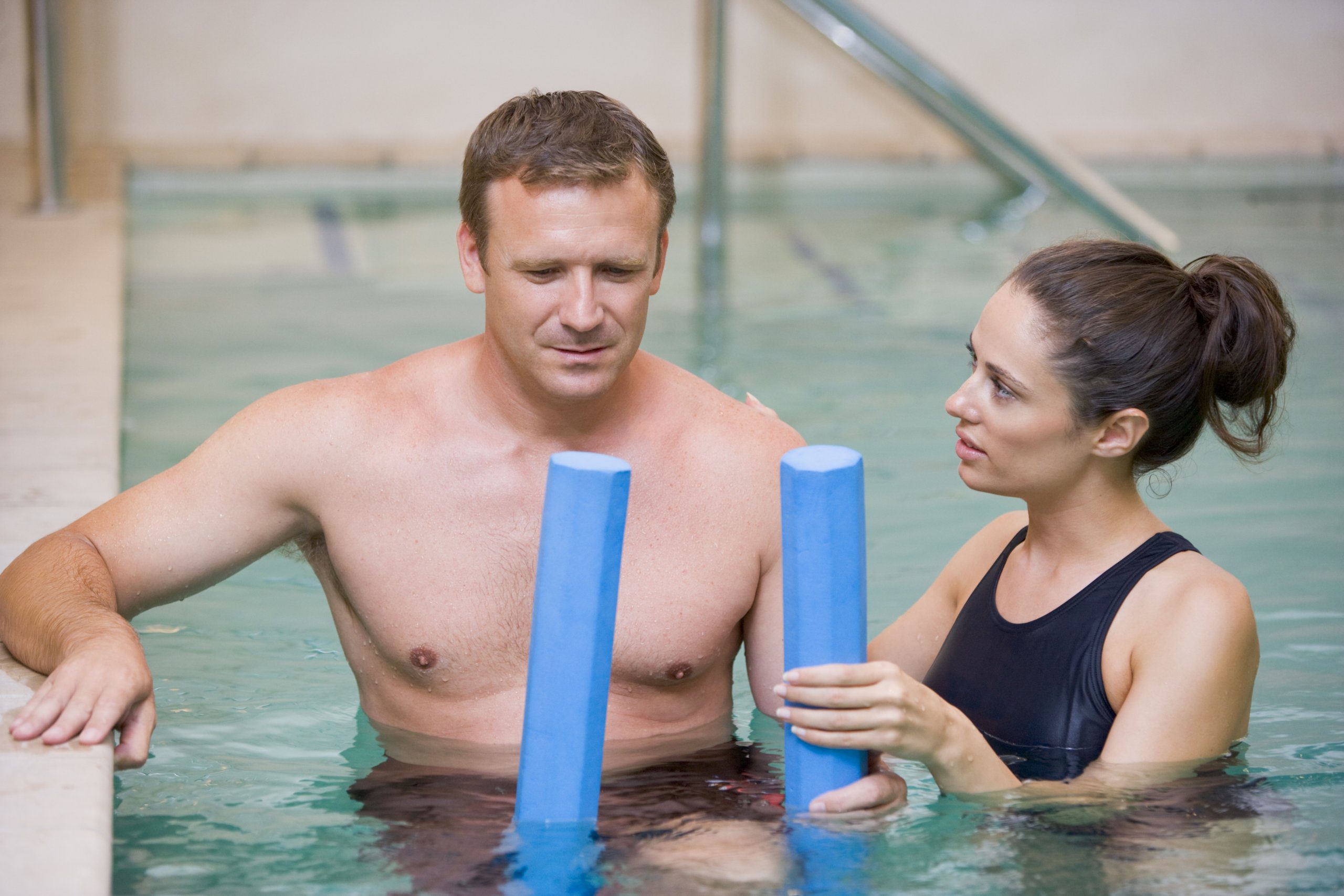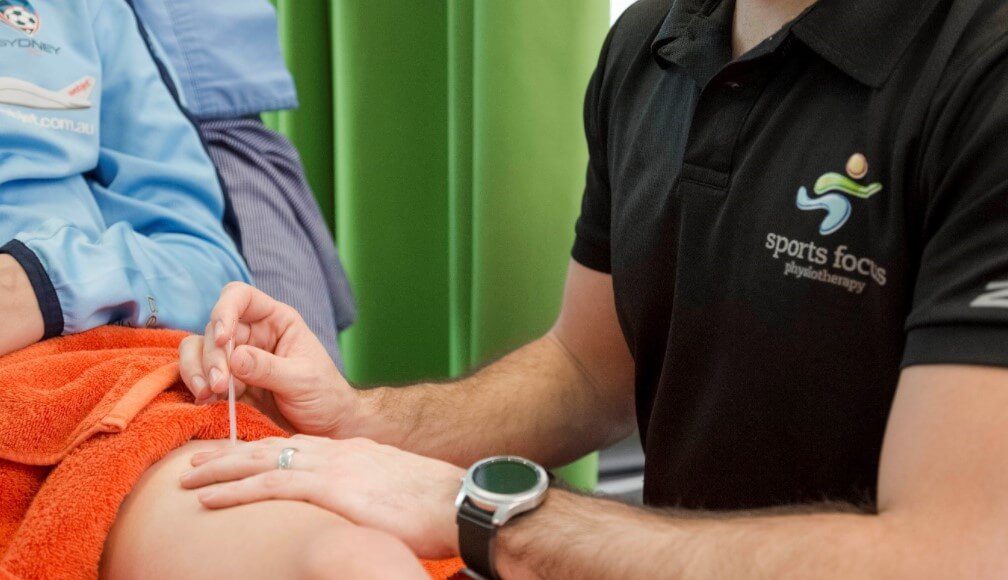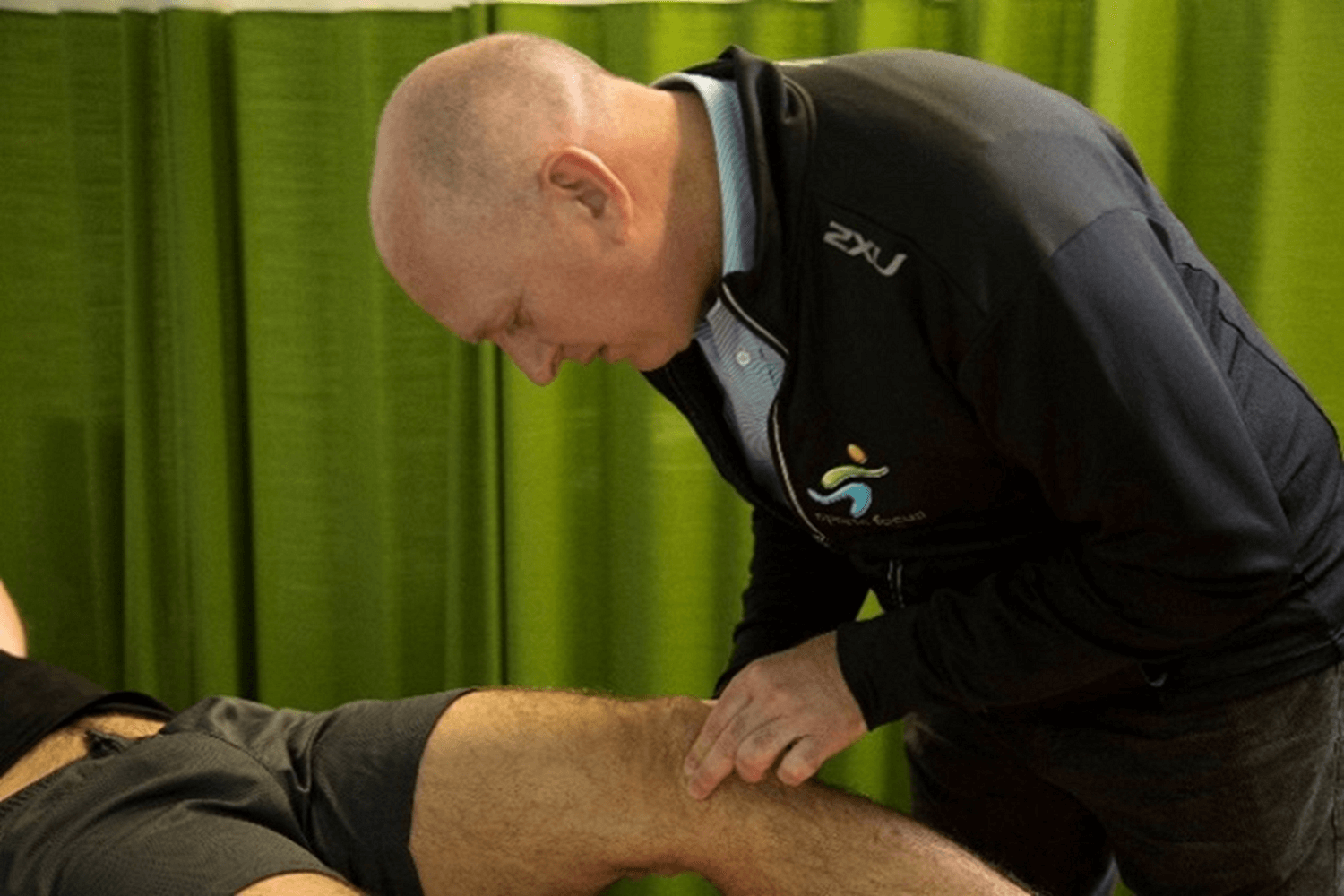Many runners experience minor injuries or pain from time to time. Sometimes it can be difficult to know how to treat these injuries, and recognise why they occur in the first place. Here are some of the most common pains for runners and how physiotherapy can help you can manage them:
Calf
The “calf” refers collectively to three muscles in the back of the leg; which includes the gastrocnemius, soleus, and plantaris muscles. The gastrocnemius (the most superficial muscle of the three) is the one which is injured most commonly. Injury to this area can be caused be an acute strain or “pull”; or can even be caused by overload to the muscle. Overload to the calf often arises when there is weakness in another area, therefore causing the calf to compensate. This can be easily assessed and treated by your physio.
Knee
Knee pain, especially pain at the front of the knee; is one of the most common presentations we see in private practice. Symptoms can arise from the joint itself (patellofemoral or tibiofemoral); the tendons; muscles; or ligaments. It is important to have good strength in the gluteals, quadriceps, and hamstrings for adequate knee control – as these muscles help to support the knee and its biomechanics. Bridging is an excellent form of exercise which targets each of these three major muscle groups.
[/fusion_text][fusion_text columns=”” column_min_width=”” column_spacing=”” rule_style=”default” rule_size=”” rule_color=”” hide_on_mobile=”small-visibility,medium-visibility,large-visibility” class=”” id=””]
Lower Back
If you experience pain in the lumbar spine or pelvis when running, it may be caused by posture; muscle imbalance / weakness; or poor running technique. The deep layer of core muscles which supports your lower back (including the deep core muscles, the gluteals, and quadratus lumborum) needs to be strong in order to assist with force distribution. Gait analysis can also be a useful tool to assess the lumbar spine and pelvis, and to make any adjustments in running technique.
Achilles tendon
Pain in your Achilles tendon can be broadly categorised has being caused by intrinsic factors (tight or weak calves, tight hip flexors, poor lower limb biomechanics) or extrinsic factors (inappropriate footwear, terrain, running surface). Achilles pain can also be caused by a sudden change or increase in your training schedule. Therefore if you take time off from running for any reason, avoid jumping straight back into vigorous activity. Instead, aim to gradually return to running / increase your running distance or volume.
We are here to help you!
If you are experiencing any of the pains listed above and would like to know how to treat, prevent or cure these issues, please don’t hesitate to contact us. Book an appointment with one of our friendly Sports Focus physiotherapists today!
[/fusion_text][fusion_text columns=”” column_min_width=”” column_spacing=”” rule_style=”default” rule_size=”” rule_color=”” content_alignment_medium=”” content_alignment_small=”” content_alignment=”” hide_on_mobile=”small-visibility,medium-visibility,large-visibility” sticky_display=”normal,sticky” class=”” id=”” font_size=”” fusion_font_family_text_font=”” fusion_font_variant_text_font=”” line_height=”” letter_spacing=”” text_color=”” animation_type=”” animation_direction=”left” animation_speed=”0.3″ animation_offset=””]
Physiotherapist (Bachelor of Physiotherapy)
Kate works at our Wynyard CBD and Northbridge Clinics
[/fusion_text][fusion_button link=”https://sportsfocusphysio.com.au/contact-cbd-wynyard-physiotherapy/” text_transform=”” title=”” target=”_self” link_attributes=”” alignment=”” modal=”” hide_on_mobile=”small-visibility,medium-visibility,large-visibility” class=”” id=”” color=”default” button_gradient_top_color=”” button_gradient_bottom_color=”” button_gradient_top_color_hover=”” button_gradient_bottom_color_hover=”” accent_color=”” accent_hover_color=”” type=”” bevel_color=”” border_width=”” size=”” stretch=”default” icon=”” icon_position=”left” icon_divider=”no” animation_type=”” animation_direction=”left” animation_speed=”0.3″ animation_offset=”” border_radius=””]Make Appointment with Kate – Wynyard CBD Physiotherapy[/fusion_button][fusion_button link=”https://sportsfocusphysio.com.au/contact-northbridge-physiotherapy/” text_transform=”” title=”” target=”_self” link_attributes=”” alignment=”” modal=”” hide_on_mobile=”small-visibility,medium-visibility,large-visibility” class=”” id=”” color=”default” button_gradient_top_color=”” button_gradient_bottom_color=”” button_gradient_top_color_hover=”” button_gradient_bottom_color_hover=”” accent_color=”” accent_hover_color=”” type=”” bevel_color=”” border_width=”” size=”” stretch=”default” icon=”” icon_position=”left” icon_divider=”no” animation_type=”” animation_direction=”left” animation_speed=”0.3″ animation_offset=”” border_radius=””]Make Appointment with Kate – Northbridge Physiotherapy[/fusion_button][/fusion_builder_column][/fusion_builder_row][/fusion_builder_container]



